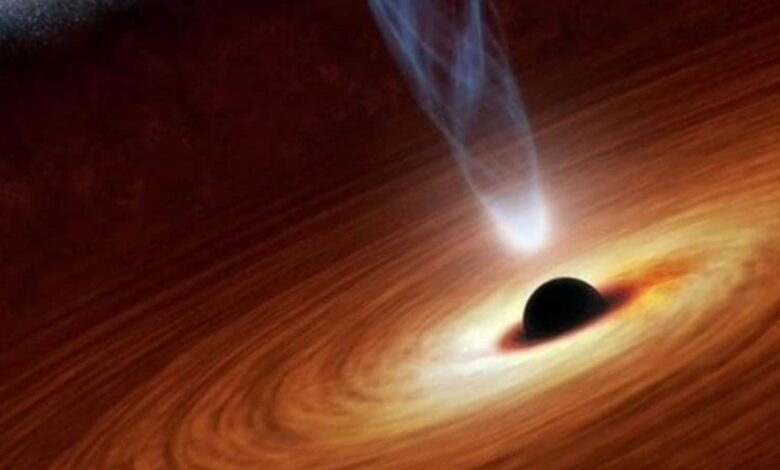Surprise! The closest ‘black hole system’ to Earth has NO black holes

In a shocking latest development, a near-Earth black hole system has been discovered to have no black holes at all!
Astronomers from the European Southern Observatory (ESO) in 2020 discovered the closest black hole to Earth, reported to be just 1000 light-years away in the HR 6819 system. In fact, the latest research shows that the previously discovered ‘Black Hole System’ has no black holes in it! What does it mean? Essentially, a recent study by other researchers, including an international team based in KU Leuven, Belgium has found that the expected black hole is not a black hole, but instead , it is a “vampire” two-star system, which is very rare and its evolution was brief. Interestingly, research on HR 6819 has received considerable attention, as it is essentially a binary or triple star system in the southern constellation Telescopium.
ESO astronomer Thomas Rivinius, and lead author of the research paper, was not surprised by the discovery of the black hole, Science Daily reports. He and his colleagues believe that the best explanation for HR 6819 is that it is a triple system, with one star orbiting the black hole every 40 days and the second orbiting a much wider orbit. But then, the latest research by KU Leuven, a Catholic research university in Belgium, has offered a completely different explanation for HR 6819. Now, in a latest development, it is revealed. is a system with only two stars in a 40-day orbit. There is no black hole in the center. This suggests that one of the duo’s stars is said to be “stripped” – essentially meaning that it has previously lost most of its mass to the other star.
So, what is the conclusion regarding HR 6819?
The HR 6819 is definitely a great puzzle piece. To solve this mystery, the team of two different researchers worked together to come to a final conclusion. They used ESO resources like the Very Large Telescope (VLT) and the Very Large Telescope Interferometer (VLTI) to get the HR 6819’s sharper data. So in common there is two light sources in the system, are two scenarios – first, the two sources orbit each other, and second, they are far apart leading to the black hole case.
The results found via ESO’s VLT show that “there is no bright companion in the wider orbit, while GRAVITY’s high spatial resolution can resolve two light sources only a third of the distance apart. distance between the Earth and the Sun,” a Science Daily report quoted a researcher from KU Leuven as saying: “That means HR 6819 is essentially a binary system without a black hole.




